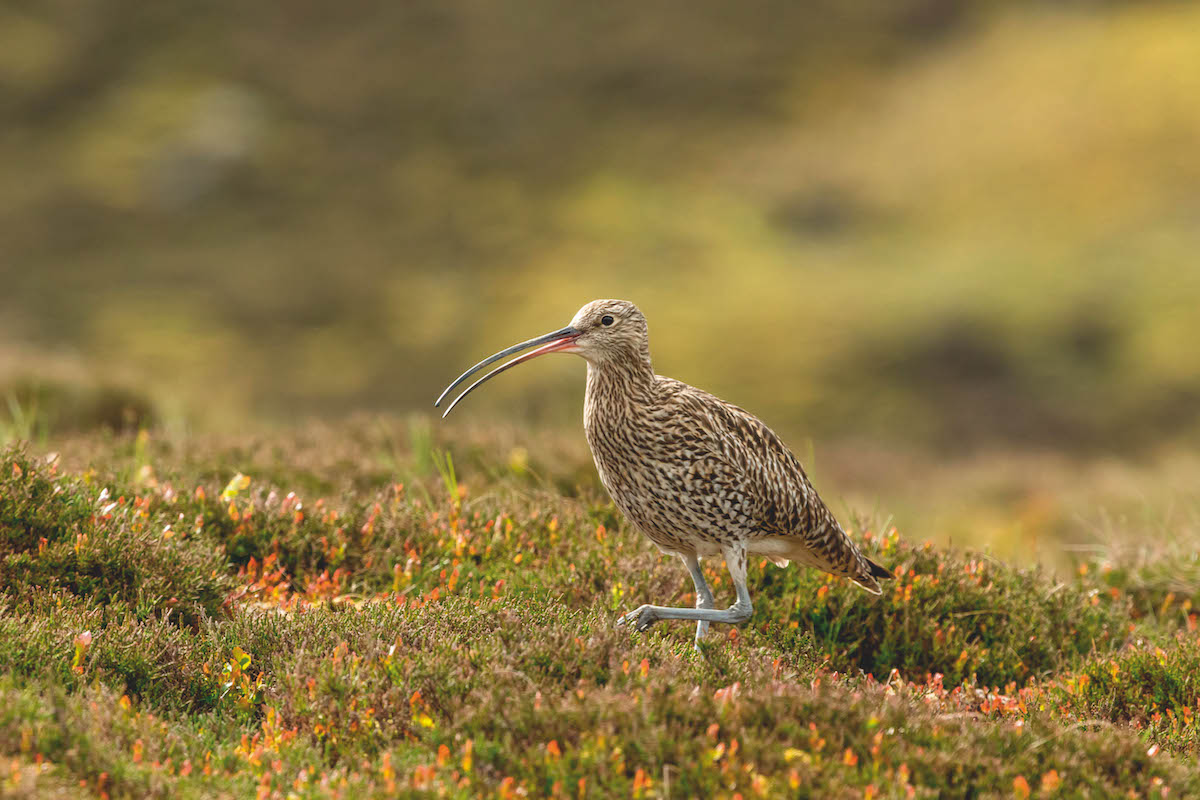Curlew do better on grouse moors
A groundbreaking new study carried out by the Game & Wildlife Conservation Trust shows a dramatic increase in chick survival rates on managed moors, reports Felix Petit

Curlew often choose to nest in cleared areas of burnt vegetation
A groundbreaking new study has shed light on the remarkable impact of grouse moor management on the breeding success of curlew, a cherished and threatened species. According to research conducted by the Game & Wildlife Conservation Trust (GWCT), curlew pairs nesting on managed grouse moors are experiencing a staggering fourfold increase in chick survival rates when compared to their counterparts on unmanaged moorlands.
The findings are nothing short of astonishing, revealing that an impressive 66% of curlew pairs on grouse moors have successfully hatched chicks. In stark contrast, a mere 17% of curlew pairs on non-grouse moors managed to achieve the same feat. This revelation underscores the pivotal role that effective grouse moor management can play in curbing the decline of these iconic birds.
Beyond the curlew’s revival, the GWCT researchers discovered an additional layer of positive impact stemming from predator control measures implemented as part of grouse management. The study revealed a twofold increase in the presence of other wading bird species, such as lapwings, golden plovers, oystercatchers, and redshanks, on sites where these vital predator control measures were in place. This interlinked success highlights the far-reaching benefits of a holistic approach to conservation that encompasses not only individual species but entire ecosystems.
These findings provide a glimmer of hope in the ongoing battle to protect curlews and their fellow waders. The study demonstrates the potential of well-executed management strategies to reverse the decline of not just one species, but an entire web of interconnected wildlife. As conservationists and researchers continue to delve deeper into these revelations, it becomes increasingly evident that collaboration between conservation efforts and sustainable land management holds the key to safeguarding the diverse tapestry of our natural world.








